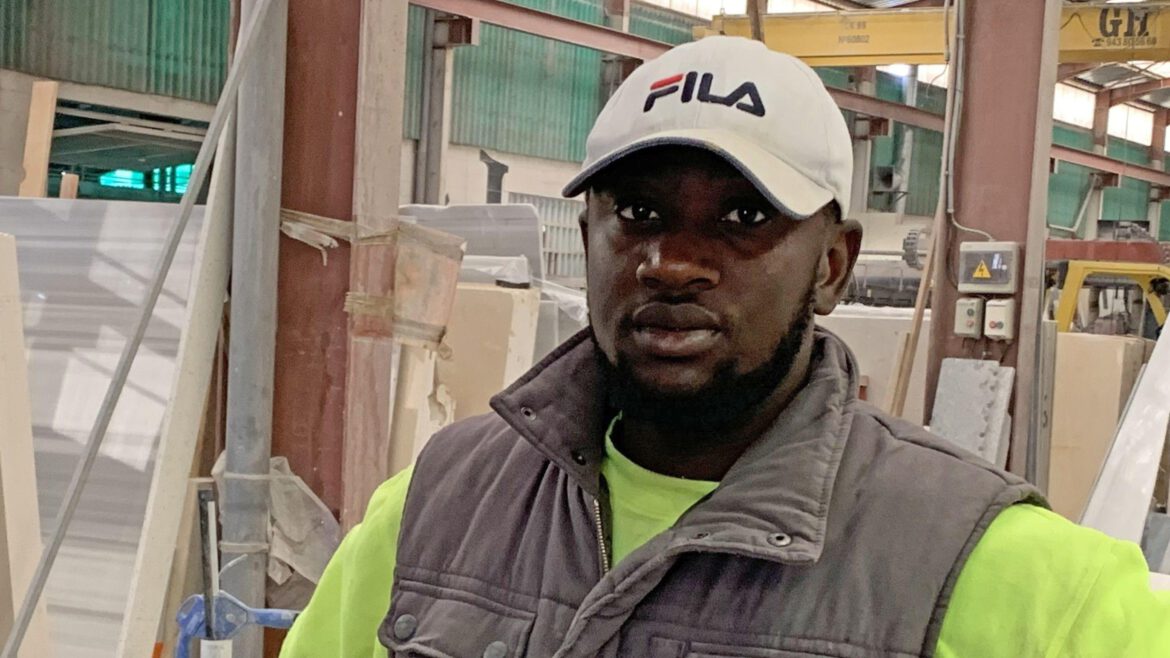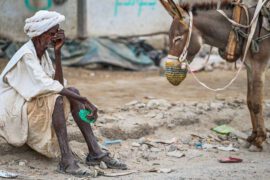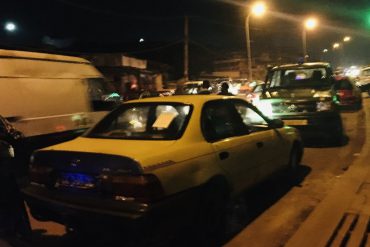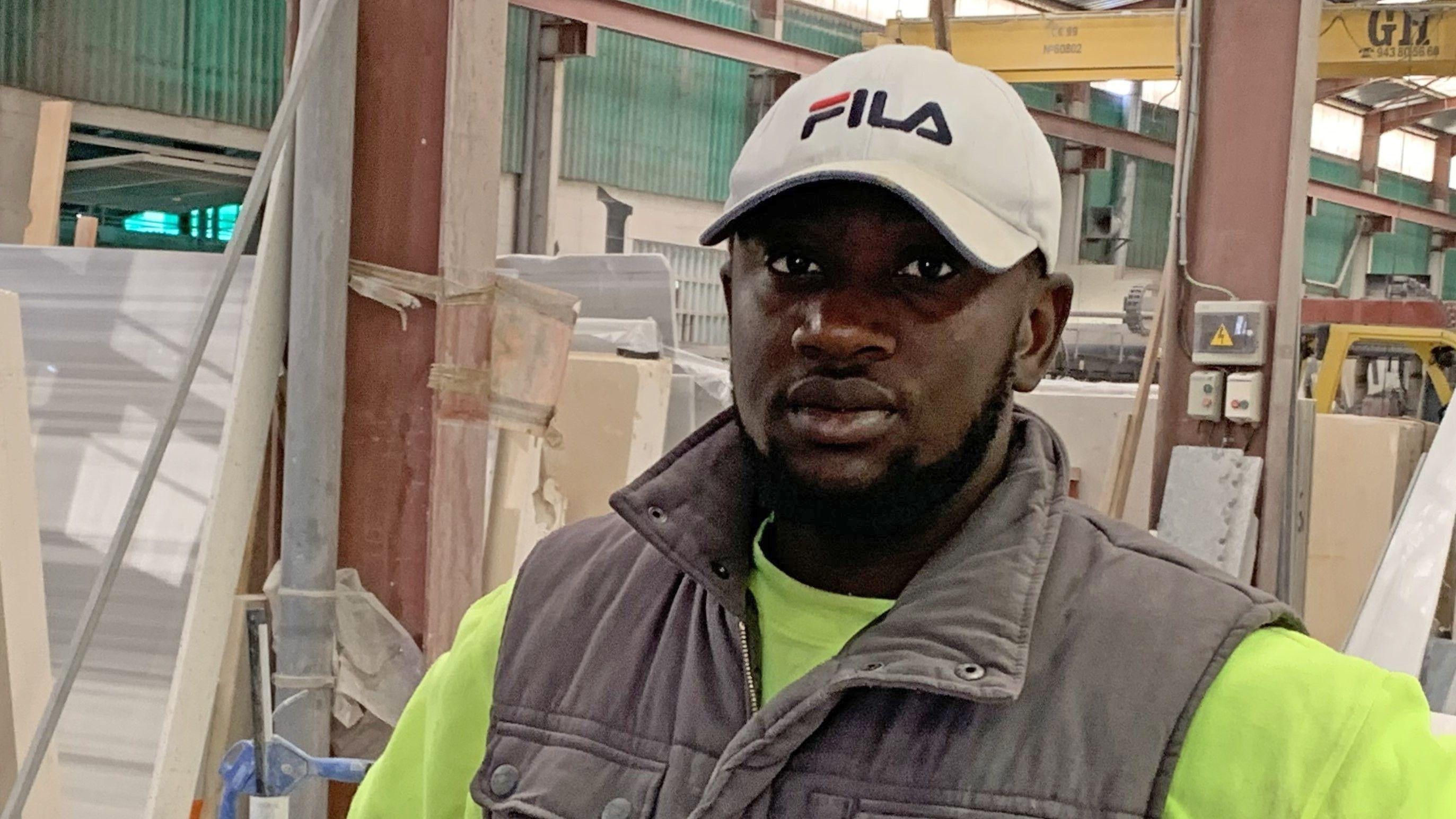
One group of Sub-Saharan African men dey play bingo for di conference room of one hotel near di northern Spanish city of León.
Dem go laugh and celebrate wen dem call out dia numbers, but many of these asylum seekers get disturbing stories.
Among dem na Michael, wey run comot from Ghana to escape one violent fight wey kill im sister and papa.
Afta e travel by land to Morocco, e pay one trafficker wey put am on one inflatable boat wey pipo full, wey carry am go di Canary Islands.
“I happy, becos I no say all my troubles, plus di pipo wey dey try to kill me, dey behind me,” e tok. “Becos once you dey for Spain you dey safe.”
Wen e dey for Ghana, e bin dey work as a petrol pump attendant and storekeeper. E bin also begin dey study human resource management, wey e hope to fit continue for Spain once e don settle.
“Spain na one of di most respected kontris for di world,” e tok. “Being here na opportunity for me.”
- From 187 to 1,100 naira in one year – Nigerians lament high rising price of fuel, expert say ‘expect more’
- ‘My employers lock me inside house run comot to save dia own lives’
- Authorities respond to questions about where Cameroon president Paul Biya dey
Around 170 asylum seekers dey stay for dis hotel, for di town of Villaquilambre, wey dem convert into migrant centre.
Dem dey among di many thousands of pipo wey follow di maritime route between di African coast and Spain each year.
So far dis year, more dan 42,000 undocumented migrants don land for Spain, an increase of 59% for 2023, most of dem bin take di dangerous crossing go di Canary Islands.
Di archipelago difficulties in managing these large numbers don contribute to one hot political debate about immigration.
For Spain, na most of di pipo for di far-right Vox party dey drive di controversy pass, dem describe di trend as “invasion”.
However, di arrival of immigrants na ogbonge source of potential manpower for dia economy wey dey face serious demographic challenges.
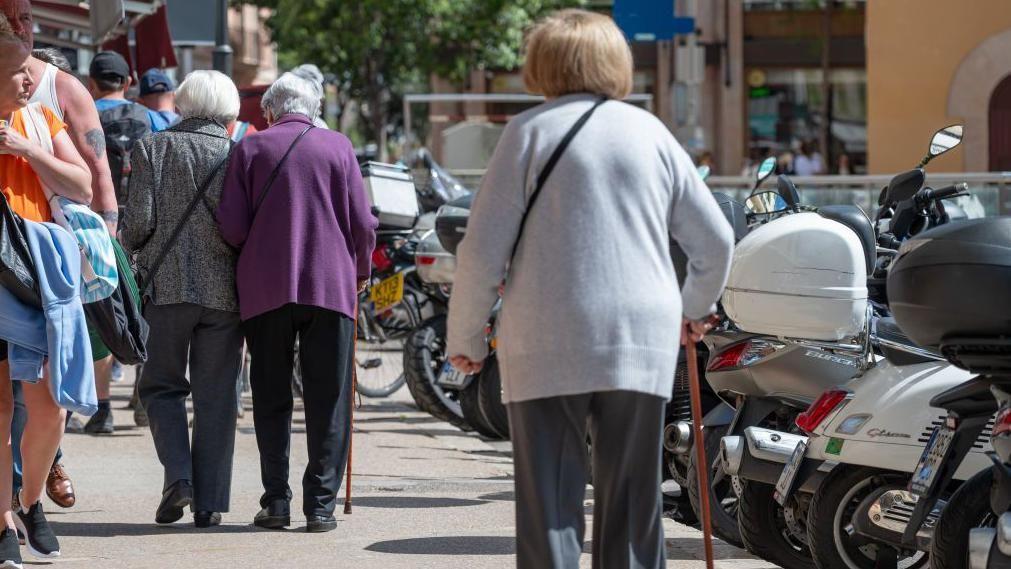
Javier Díaz-Giménez, one professor of economics for di IESE business school and one expert for pensions, tok say one baby boom wey last from mid-50 to late-70s bin create one generation of Spaniards wey go soon enta pension age, and di “baby crash” wey follow mean say enough workers no go dey to replace dem.
“Di next 20 years go dey critical, becos more and more pipo go retire,” e tok. “According to di most recent demographic scenario, 14.1 million pipo go retire during dat time.”
One way to tackle di workforce deficit, e say, na adopt di kain economic model wey Japan implement or di oda obvious alternative na immigration.
“If you wan grow di GDP, if you wan pay pensions to all di retiring baby boomers, you go need grow GDP in a different way, becos our workforce go reduce, unless we bring pipo in through immigration,” Prof Díaz-Giménez add.
Spain central bank don put number on di projected labour shortfall.
For inside one report dem publish for April, dem tok say di kontri go need around 25 million immigrants ova di next 30 years.
Di left-wing Spanish goment don also make economic case for immigrants, Prime Minister Pedro Sánchez bin describe dem as representing “wealth, development and prosperity” for im kontri, e tok am for one recent tour go Mauritania, Gambia and Senegal.
“Di contribution of migrant workers to our economy dey fundamental, e also be di sustainability of our social security system and pensions,” e tok.
Oga Sánchez coalition dey hope say proposal to legalise di status of up to 500,000 undocumented migrants, mainly from Latin America, go get through parliament.
However, di kontri economic needs dey different from how ordinary Spaniards dey see immigration. One new poll show say 41% of pipo dey “very worried” sake of immigration mata, wey make am dia fifth-biggest concern afta inflation, housing, inequality and unemployment.
While only 9% of Spaniards associate immigrants wit economic progress, 30% link dem to insecurity, and 57% believe say immigrants to many for dia kontri.
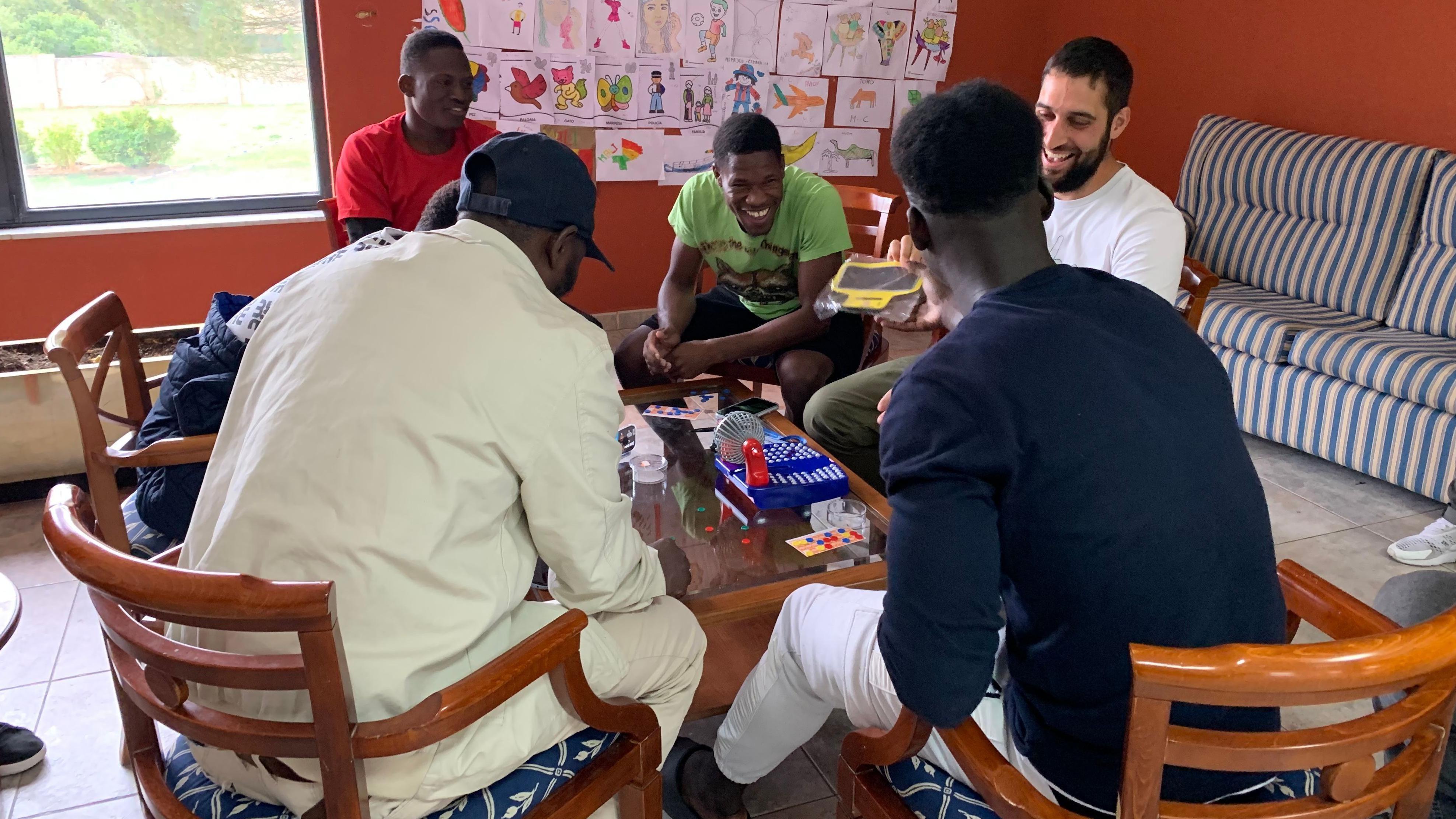
Villaquilambre, meanwhile, na example of how undocumented new arrivals fit enta di workforce.
Asylum seekers for Spain dey allowed to work six months afta dem land di kontri.
“Bifor dem receive authorisation to start work, we dey tell dem say make dem first learn Spanish, we also dey offer dem training courses and classes on risk avoidance,” Dolores Queiro, of di San Juan de Dios Foundation, di non-governmental organisation wey dey manage di migrant centre for Villaquilambre tok.
“Wen di date wen dem fit start to work dey near, we go get in touch wit different companies – and dem dey contact us as well – and we go begin dey find jobs for dem.”
Companies sef dey get in touch, she stoks, “becos dem no say we get pipo for here wey wan work.”
Makan, from Mali, just begin dey work for one local business, GraMaLeon, wey dey make walls, bathrooms and kitchen counters out of marble and granite. E dey go di factory from di hotel, wey be short distance on electric scooter everyday.
Ramiro Rodríguez Alaez, co-owner of di business, wey dey employ around 20 pipo tok say to find workers no easy.
“We need a lot of manpower for dis profession. But e tough, wen cold come, you go need lift heavy weight, so no be job wey many pipo here wan do.”
“Plenty companies no dey dis industry around here, but those wey dey exist all of dem need pipo. We dey find pipo locally and we no see.”
E add: “Immigrants provide important source of manpower for us.”

